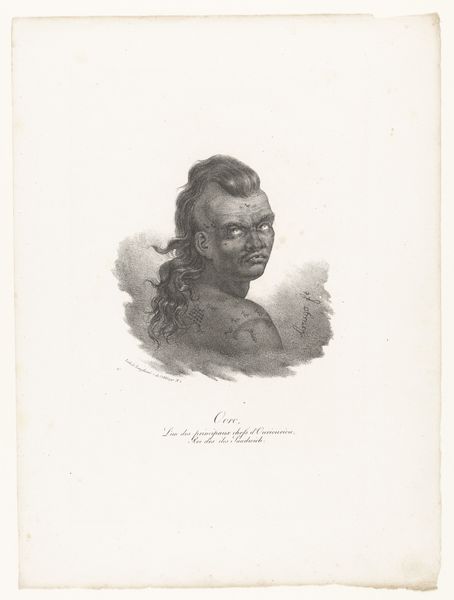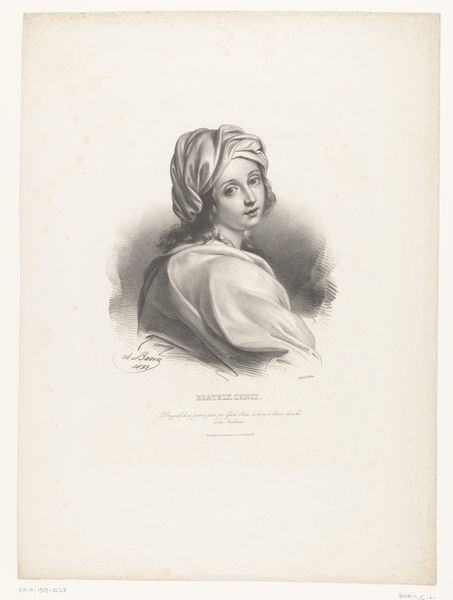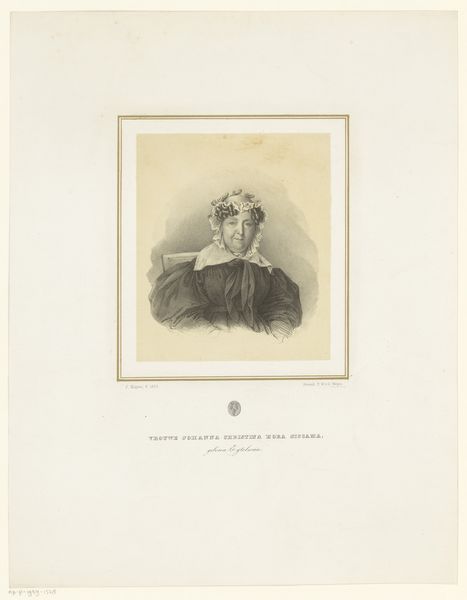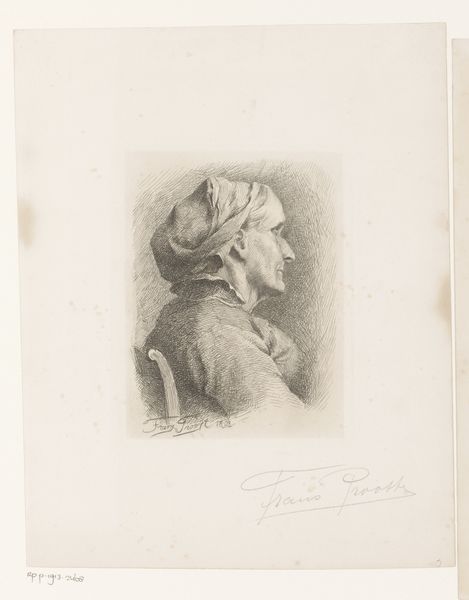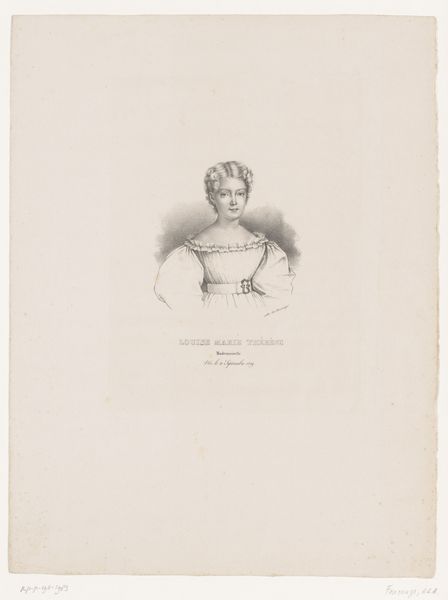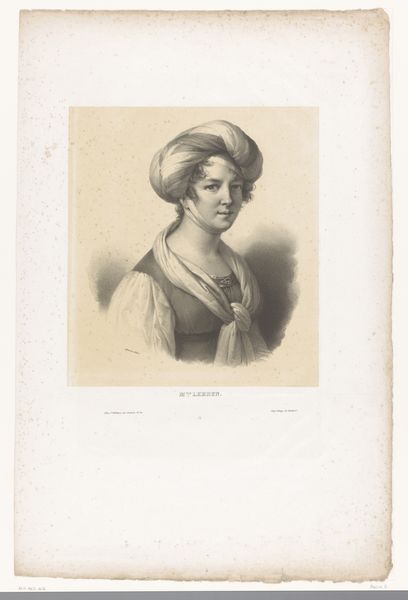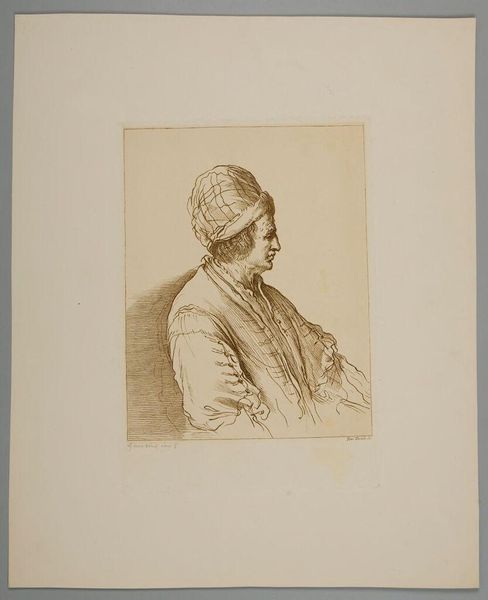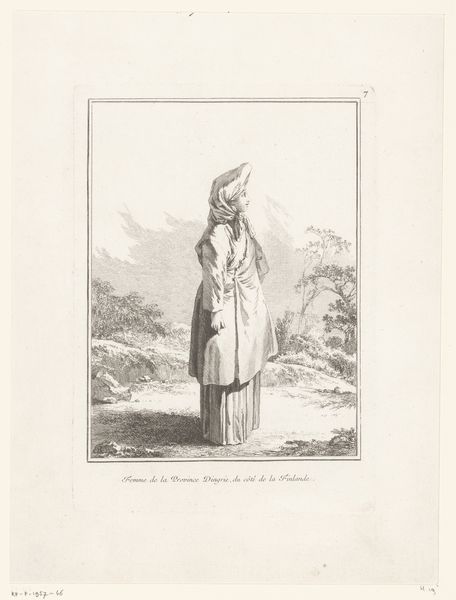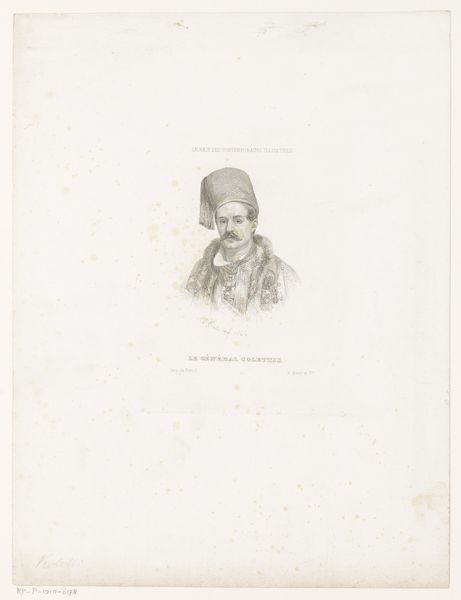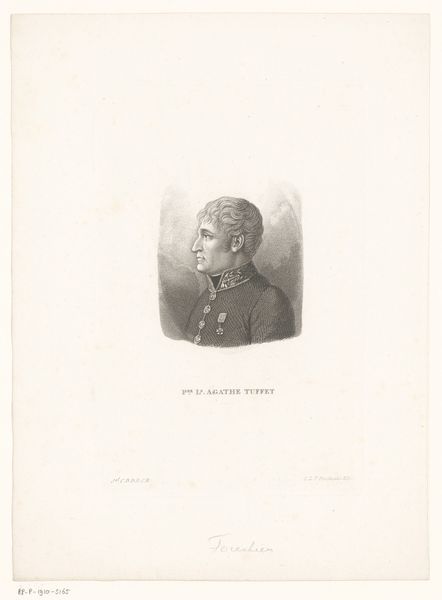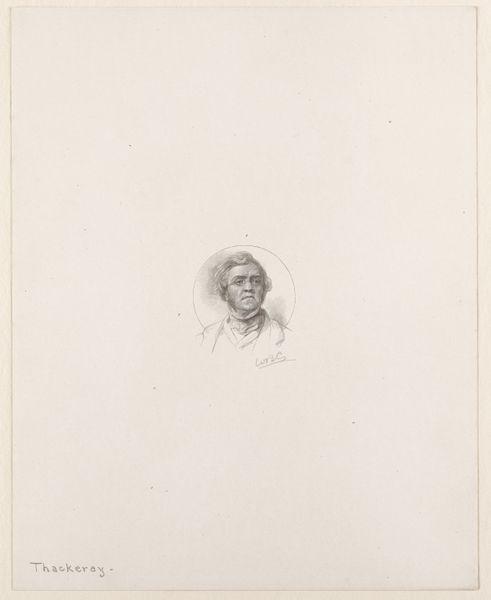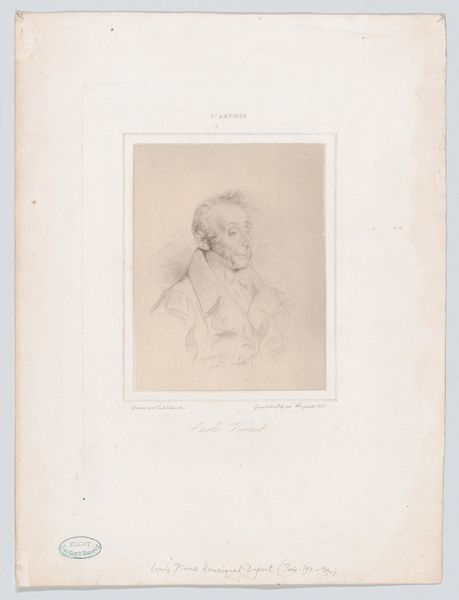
Portret van Timbéré, inwoner van Port Jackson in Nieuw-Zuid-Wales 1822
drawing, pencil
portrait
pencil drawn
drawing
pencil sketch
pencil drawing
pencil
Dimensions: height 358 mm, width mm
Copyright: Rijks Museum: Open Domain
This is Jacques Etienne Victor Arago's portrait of Timbéré, an inhabitant of Port Jackson in New South Wales. Note the markings etched onto Timbéré's skin, symbols that speak of cultural identity and tradition. These are not mere decorations, but rather, they are glyphs of his history, a visual language that binds him to his ancestors and community. Consider, then, the broader implications of such markings. Across cultures, scarification and body art serve as powerful declarations of identity, a practice echoed in the ancient traditions of tribal societies across the globe. These acts, though varied in execution and meaning, share a common thread: the human desire to inscribe the self onto the body, to create a visible narrative of belonging and differentiation. It's a powerful psychological act, engaging viewers on a subconscious level, stirring deep-seated emotions of recognition and curiosity. Like echoes in a vast chamber, the symbols and rituals of one culture reverberate through time and space, resurfacing in unexpected ways, each time colored by new meanings and interpretations.
Comments
No comments
Be the first to comment and join the conversation on the ultimate creative platform.
